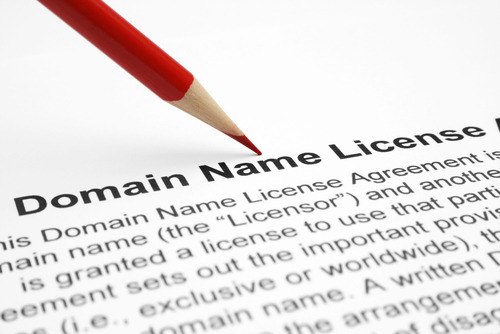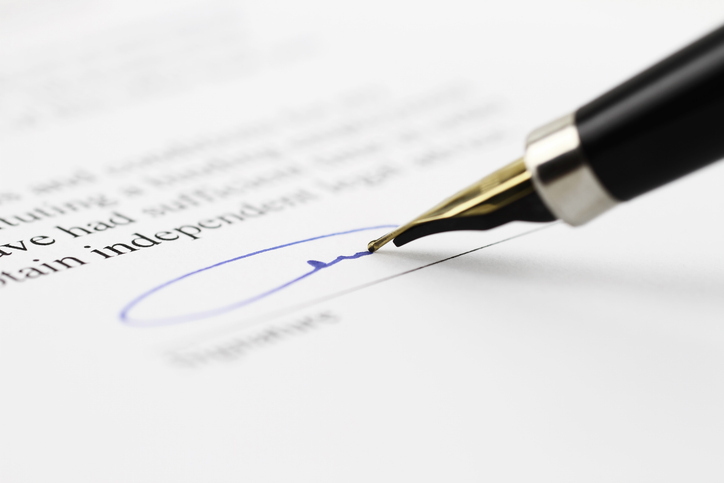The news that Ashton Kutcher recently purchased a number of domain names for his baby daughter before she was even born highlights the growing importance of reserving a domain name. The choice of name is crucial to the success of any brand. A relevant, descriptive and easy to remember domain name can differentiate your start-up from its competitors and serve to drive maximum traffic to your website.
Investing heavily in a name and branding only to discover that no suitable supporting domain name is available to purchase or, potentially worse still, discovering that someone has subsequently registered a similar domain name to yours, can represent a significant setback to your business. There are a number of points you should consider from the outset to avoid headaches later on.
Selecting a domain name
A domain name should be chosen and secured at a very early stage in your planning process. Ensuring the domain you want is available from the outset can avoid, at best, a frustrating delay and, at worst, a costly and time-consuming rebranding exercise.
It is also sensible to search for domains that are similar to those you are thinking of choosing. It might be prudent to buy these too. You may also discover that other businesses already use a similar domain. Not only may this give rise to a dispute with that business, but it may also adversely impact the distinctive space you are looking to create for your business.
Cybersquatting
Let us assume you have followed all the relevant advice in starting your business and have registered a trademark and purchased a domain name which is a real asset. You have established a solid reputation amongst consumers and are currently gearing up for the Christmas season. British shoppers spent an estimated £11 billion online in December 2013, and December 2014 is gearing up to be a bumper year. You should make sure your business is well placed to take full advantage. What do you do if you discover that a third party has registered a domain name which either uses your trademark or is confusingly similar to it?
It is possible that you may have become a victim of cybersquatting. The term is narrowly used to describe the situation in which a third party registers a domain name which includes a registered trade mark with the intention of profiting from the registration. A slight variant is ‘typosquatting’, which occurs where a slight change is made to the trademark, particularly if the trademark is either difficult to spell or is easily confused with a similar word or phrase. Typosquatting and cybersquatting are both forms of abusive registrations which could seriously damage your business.
Steps to consider
Your response is likely to depend on how the person who registered the domain name (the registrant) is actually using it. If the registrant has not built a site or diverted the domain elsewhere, the risk to your business is likely to be less imminent then than if it is being used to take the user to a site which sells similar goods or services to you. In the latter case, the goods or services being offered may either be grossly inferior to those of your business, or the registrant may be operating a scam and have no intention of providing the advertised goods and/or services.
If the abusive registration is causing immediate and substantial damage to your business, you should lose no time in obtaining specialist legal advice. However, if the registration is not causing immediate or substantial damage, you may wish to undertake some steps yourself in an attempt to resolve the problem swiftly and at minimal cost.
Identify the registrant
There are a number of ‘WHOIS’ websites which display a registrant’s contact details. The registrant may have entered incomplete or misleading information but it might be possible to identify an address and possibly even a telephone number. Moreover, if the domain name resolves to a website, that may itself include contact information.
The registrant may have acted entirely innocently and be able to provide you with a reasonable explanation. They may be willing to transfer the domain name to you at a low cost or simply for their out-of-pocket expenses. While it may be galling to ‘pay off’ a cybersquatter, it may be a justified alternative given the investment, both in time and cost, that a dispute may involve. However, caution should always be exercised as there is a risk that the registrant will look to do the same again and expect a further payment upon registering a further variation of your domain name.
The registrant may simply take the view that he has been ‘caught out’ and transfer the domain to you to avoid being involved in formal proceedings, choosing instead to try his luck elsewhere.
Alternative to litigation
The Internet Corporation for Assigned Names and Numbers’ (ICANN) Uniform Dispute Resolution Procedure (UDRP) provides a quick, cheap, and easy means to adjudicate a domain name dispute brought by a trademark holder against registrants who have registered a domain name in bad faith. A major advantage of the UDRP is that a complaint can be made against a registrant based anywhere in the world and in most cases a decision can be made within around 45 days. The process avoids the potentially complicated (and expensive!) jurisdictional issues that may arise in litigation where the party being sued is based in a different country.
The UDRP sets out what amounts to ‘bad faith’ in the context of a domain name registration. The recent complaint brought by Getty Images in the US (owner of the trademark ‘Getty Images’) illustrates how the process works. A registrant based in the UK registered the domain name ‘ettyimages.com’. The registrant used the domain name to resolve to Getty Images’ official site but also listed the domain for sale for $4,750, a large sum clearly intended to take advantage of the Getty association. The registrant could hardly have been in a worse position as, in addition to the above, the panel also noted that the registrant had made similar ‘typosquatting’ applications previously. The panel decided this was a bad faith registration and ordered that ‘ettyimages.com’ be transferred to Getty Images.
Summary
The choice of domain name should be an essential part of your brand strategy from the outset, along with the registration of appropriate trade marks. If a third party seeks to incorporate your trade mark (or a confusingly similar word or term) into a domain name, you should act swiftly in investigating whether the registration is legitimate or likely to have been made in bad faith.
It’s imperative to react quickly to minimise the damage a cybersquatter can cause to your business, especially during what could be your most lucrative trading season.
Christopher Williams is a senior associate solicitor in the litigation team at Russell-Cooke LLP.





